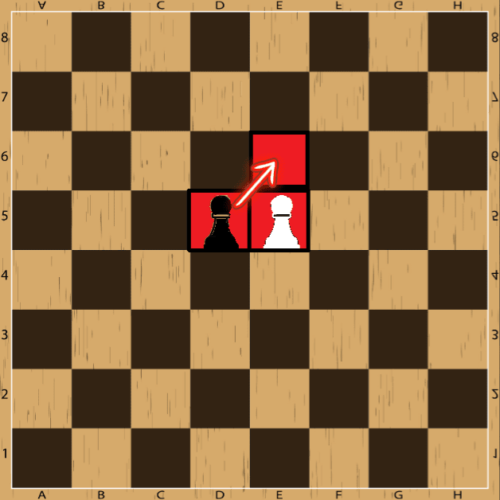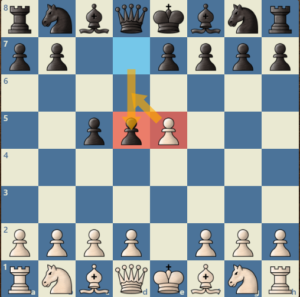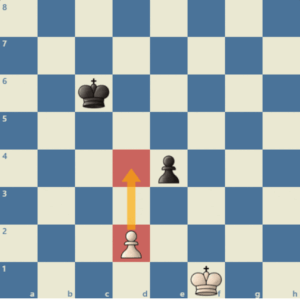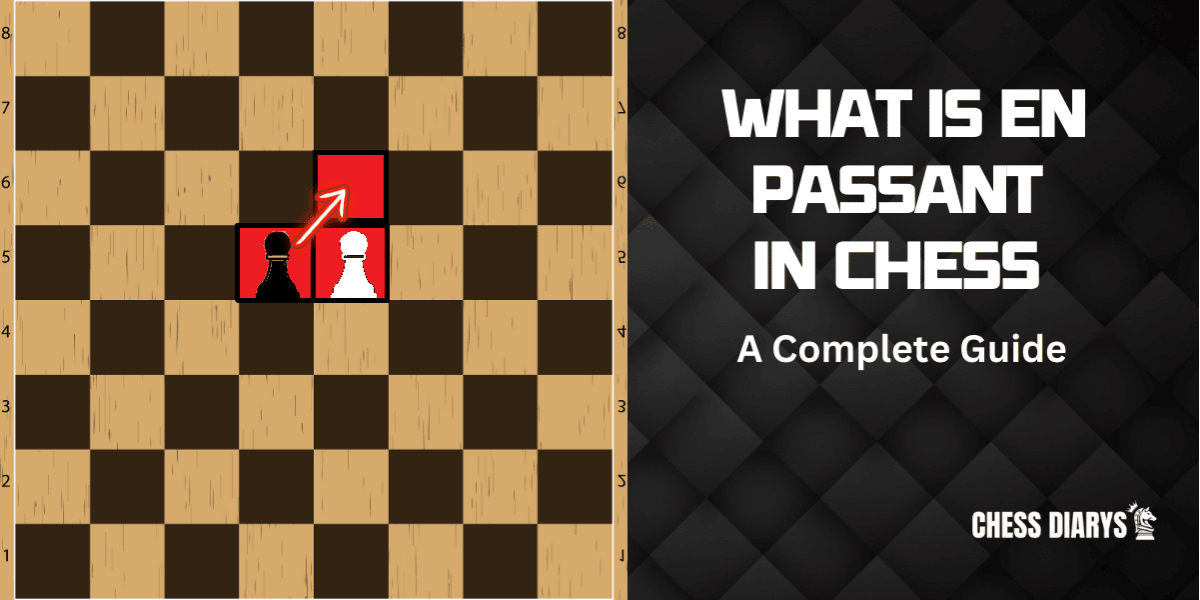Chess is a game full of fascinating tactics, strategies, and unique rules that challenge the mind and create endless possibilities. One of the lesser-known but intriguing rules in chess is “en passant.” This special pawn capture rule often surprises beginners, and even some experienced players may not fully understand its significance. In this article, we will dive deep into the mechanics of en passant, explaining what it is, how it works, and why it’s an important part of the game.
What is En Passant in Chess?
En passant is that special rule in chess that entitles one to take the opponent’s pawn under a particular situation. “En passant,” French for “in passing,” helps explain how it works. Quite basically, this allows a pawn to take another pawn in passing when it moves two-square forward on its first move.
First of all, the rule of en passant is relevant in playing chess, since pawns have been able to move two squares from their starting positions. When one of your opponent’s pawns moves two squares forwarded from its initial position and lands adjacent to your pawn, the en passant rule applies. You can take that pawn as if it moved only one square forwarded.

The History Behind En Passant
The en passant rule came into being in the 15th century when chess was undergoing an overhaul to turn it into a much quicker and more dynamic game. Until this time, pawns could only move one square forward, which made the game more sluggish and full of strategy. As chess evolved, the rule that allowed a pawn to move two squares from its initial move was in. This would, however, potentially allow this new move to pass an opposing pawn that was controlling a square.
En passant was added in order to keep the balance of the game and the game’s fairness. It created the inability for any pawn not to be captured, simply by using its two-square move. This rule retains the strategic nature of pawn movement but keeps the game flowing as a whole.
How En Passant Works
One of the most specific rules in chess, the en passant rule applies only in one particular-narrow-situation. To simplify this further, let’s do this step by step.
Opponent’s Pawn Moves Two Squares Forward: This would only occur when your opponent moves his pawn two squares in front of its original position. That is, the pawn has moved from the second rank to the fourth rank, if it is a white pawn, or from the seventh rank to the fifth rank if it is a black pawn.
Your Pawn Is On The Side: After it has moved two squares, your pawn must be on the same rank and adjacent to the opponent’s pawn. For example, if your opponent moves a pawn from e2 to e4, and your pawn is on d4, then the conditions for en passant are met.
Capture “In Passing”: You can capture the opponent’s pawn as if it moved only one square forward. In such a case, your pawn moves diagonally into the square which the opponent’s pawn would have reached if it had made a one-square move. Therefore, with an opponent’s pawn that moved from e2 to e4, your pawn at d4 captures it by moving to e3.
En Passant Must Be Immediate: En passant capture is performed without fail on the next move. If you do not capture the opponent’s pawn immediately within the next move, the en passant opportunity is lost, and the game proceeds with normal moves.
Conditions for En Passant
Before defining the en passant concept in chess, it is necessary to take a look at the conditions under which this privilege can be utilized. What follows is a precis of the pre-requisite conditions:
Pawns Only: En passant applies only to pawns. The other pieces cannot engage in en passant captures.
Opponent’s Two-Square Pawn Move: The en passant rule only comes into effect when your opponent moves a pawn two squares in front of its starting square.
Your Pawn Is Adjacent: Your pawn should be on the same rank and right next to the opponent’s pawn after its two-square move.
Immediate Capture: En passant capture should be done on the very next move. If you fail to avail yourself of the opportunity immediately, then this is no longer available.
Examples of En Passant:


Why is en passant important?
As we covered previously, we know what en passant is in chess. It is of high importance to realize the strategic importance of en passant. Although it may be a minute rule, it is actually very crucial for maintaining the balance of the game. Were it not for en passant, pawns could use their two-square move to virtually avoid capture, which would undermine altogether the tactical character of the game.
En passant forces the players to really think about their moves of pawns and the results of rapid advancement of pawns. That ensures that pawns keep controlling the squares in front of them for integrity in pawn structure and in pawn chains.
En passant could sometimes be used to break through in the tightly contested position, capturing an opponent’s pawn that might otherwise have escaped, so as to keep the squeeze on in the game.
Common Mistakes and Misunderstandings
Even experienced players can sometimes make mistakes or misunderstand the en passant rule. Here are some of the most common errors related to en passant:
Forgetting the Rule: Some players simply forget about en passant, either missing the opportunity to capture or failing to anticipate that their opponent can use it.
Misapplying the Rule: En passant can only be used on the move immediately following the opponent’s two-square pawn move. If a player tries to use it later, it’s not allowed.
Capturing with Other Pieces: En passant only applies to pawns. Other pieces cannot perform this type of capture.
By keeping these common errors in mind, you’ll avoid losing out on key tactical opportunities or making illegal moves.
En Passant | Video Explanation
En passant is one of the most bizarre and interesting rules in chess, and while it seems somewhat complicated at first glance, it is a deeper layer of strategy in the game. By knowing what en passant is in chess and precisely how to apply that rule, you reinforce your understanding of the game and surprise your opponents with this seldom-used powerful tactic.
Just remember the en passant conditions:
It is valid for pawns only, in a case when one’s opponent moves his pawn two squares forward from the initial position; the capture must be made on the next move. Once you get used to it, en passant will be a weapon in your chess arsenal.
Next time you find yourself in a position to use en passant, don’t hesitate.









